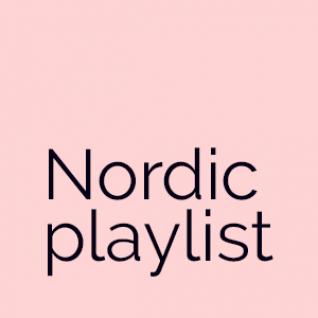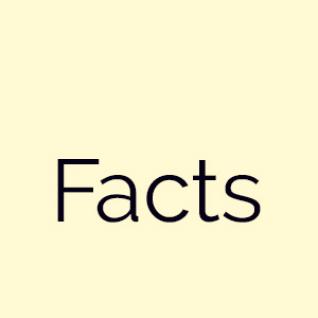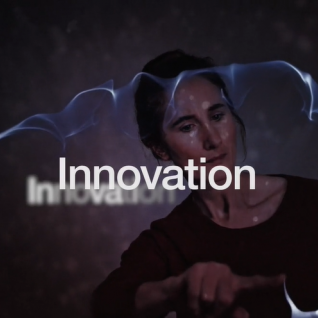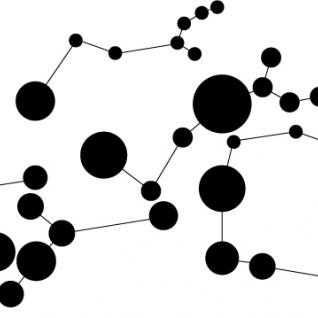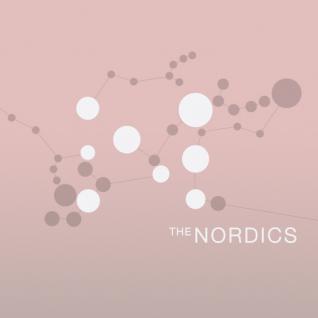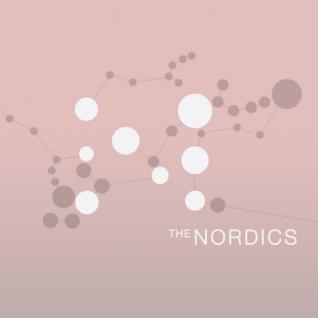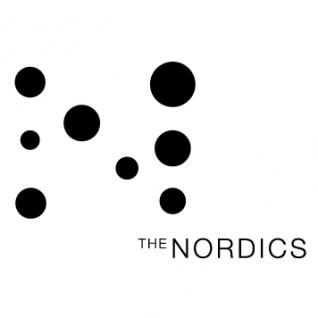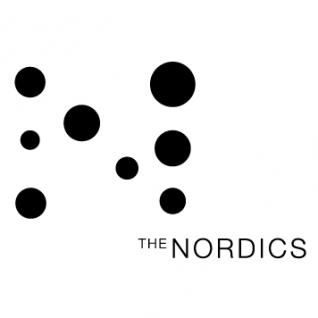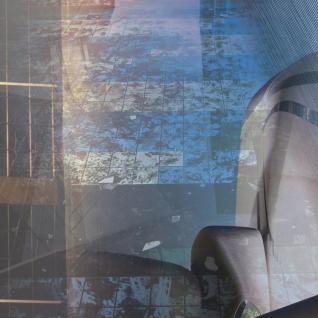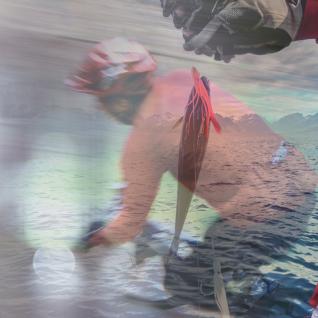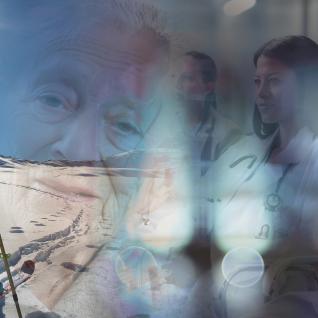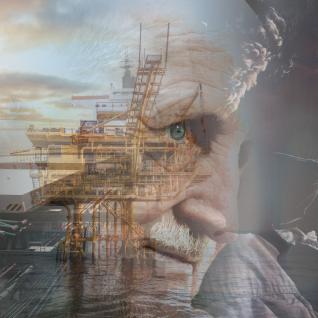10 things you should know about Nordic sustainability
Tool
10 things you should know about Nordic sustainability
- Long standing commitments: The Nordic countries have a long tradition in advancing the goals of sustainable development nationally as well as internationally – including the launch of United Nations Environment Programme (UNEP) in Stockholm 1972; the formulation and launch of the already “classic” definition of sustainable development in the “Brundtland report” and with important Nordic input to the Rio summit in 1992; to the establishment of the MDGs in 2000, the launch of the first Nordic Strategy on Sustainable Development in 2001; and eventually to the adoption of the Sustainable Development Goals (SDGs) in 2015.
- Global leaders: The Nordic countries are among the world's highest-ranking countries according to the 2018 Environmental Performance Index (EPI) that ranks 180 countries on 24 performance indicators across ten issue categories covering environmental health and ecosystem vitality. These metrics provide a gauge of how close countries are to established environmental policy goals.
- Youth front and centre: The Nordic countries encourage the engagement of youth as consumers of the future and promotors of sustainability. Emphasis is placed on active efforts to ensure a sustainable future for today’s children and young people, thereby making them an especially important target group and participant in Nordic efforts related to Agenda 2030.
- Label it: The Nordic Swan Ecolabel is the official independent and third party certified ecolabel of the Nordic countries. Tough requirements in all phases of a product’s lifecycle and the continuous tightening of these requirements are the foundation of the Nordic Swan Ecolabel, and what distinguishes the label from other labels.
- Heightened awareness: The Nordic countries have a vision to be a driving force for a sustainable society and responsible lifestyle, and when it comes to health and environmental concerns, Nordic consumers are considered to be the worlds most conscious: 9 out of every 10 Nordic consumers know the Nordic Swan Ecolabel – and half of these look for it when they shop. Three out of every four Nordic consumers are concerned about what they can do themselves to take care of the environment.
- Bioeconomy superstars: The Nordic Region produces approximately 30% of Europe’s forest production and more than 50% of the total marine harvest. This means that the Nordic countries – especially the rural regions – are highly dependent on the bioeconomy, which represents 15–20% of exports from most of the Nordic countries (a far greater percentage can be found in Iceland, Greenland and the Faroe Islands), and approximately 10% of total economic activity in the Region.
- Transiting to cleaner energy: When it comes to emissions reductions, the Nordic Region is leading the pack. Forty percent of the gross domestic energy consumption in the Nordics is from renewable energy. For example, Denmark gets around 40% of its electricity from wind; Finland’s and Sweden’s vast forests provide an abundant resource for biofuels; Norway and Iceland both get approximately 70% of their energy from geothermal or hydroelectric sources; and the Nordic region’s inter-connected electricity network offers opportunities to share clean energy across borders.
- Awarding environmental stewardship: The Nordic Council Environment Prize – a 47,000€ award – was created in 1995 to celebrate companies, organisations or individuals for exemplary efforts in integrating respect for the environment into their business or work or for some other form of extraordinary initiative on behalf of the environment.
- Greener cities: Across the Nordic Region people live closely together in densely populated cities that provide rich opportunities for human interaction and busy social lives. People also have easy access to nature and green open spaces within built-up urban environments. These green spaces are viewed as essential in promoting biodiversity and improving the health, living conditions and quality of life for Nordic citizens living in urban areas.
- Changing the face of transportation: The Nordic countries hold the largest market share of electric cars. In 2017, 39% of all cars sold in Norway were electric. In Copenhagen – a city well known for its bikes – cycling has long encouraged the construction of complex bike path systems. In Helsinki, platforms for collaborative and efficient mobility are becoming more popular.


